A dispatch from New York, where young climate strikers are planning a revolution they say world leaders can’t ignore.
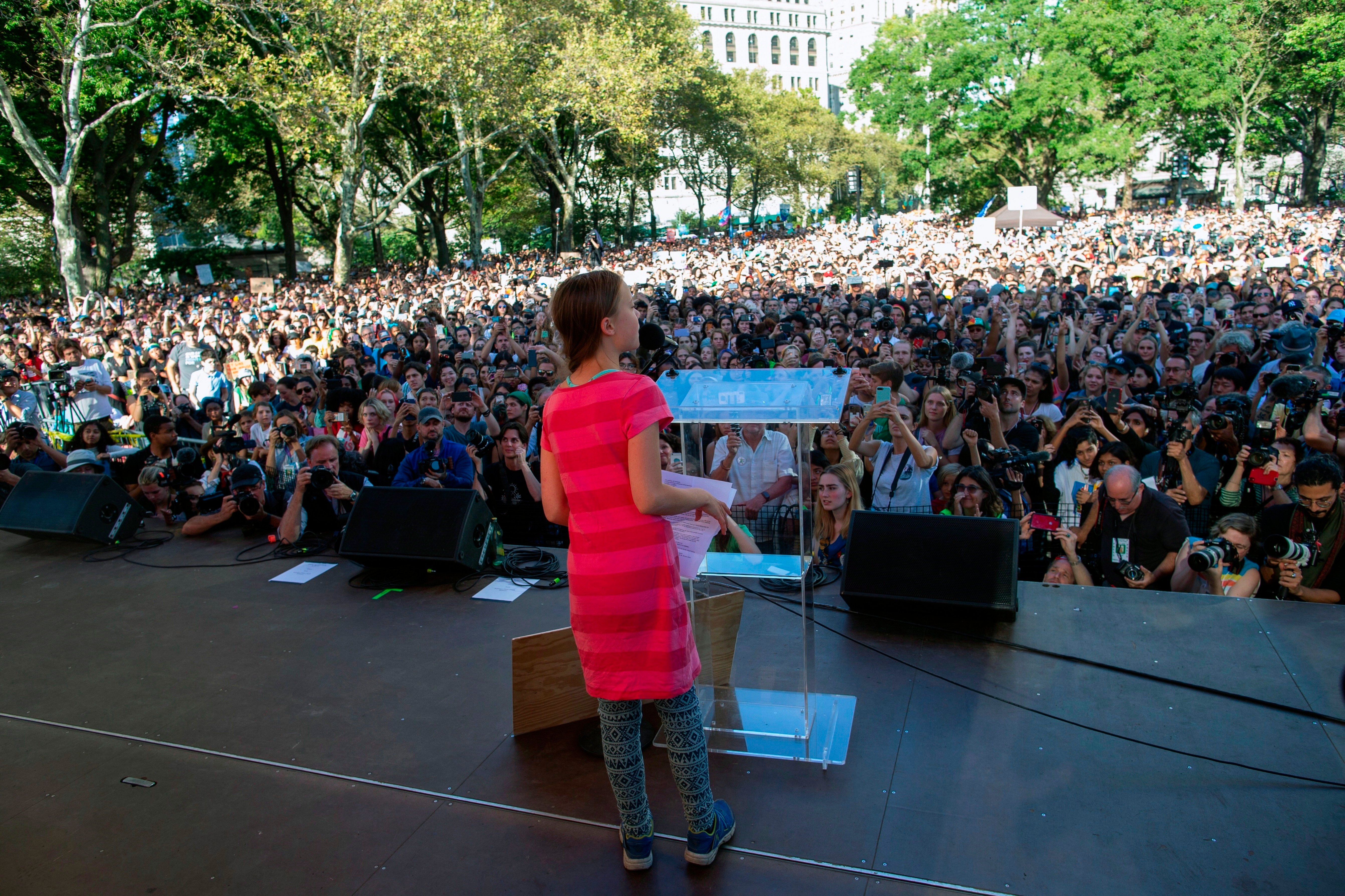
Greta Thunberg speaks to climate strikers in New York City: ‘We will hold those responsible for this crisis accountable and will make the world leaders act. We can and we will.’ Photo by Eduardo Munoz Alvarez, AP Photo.
The millions of young people who skipped school on Friday to protest the failure of world leaders to fix the climate emergency had a message for politicians like Justin Trudeau — prove that you actually care about an entire generation’s future or else suffer the consequences.
“What’s the point in educating ourselves and learning the facts when the people in power refuse to listen, to be educated, and pay attention to the facts,” I heard Greta Thunberg tell a crowd in New York’s Battery Park that organizers of the Global Climate Strikes at one point estimated at 250,000 people. “Everywhere I have been the situation is more or less the same, the people in power who write beautiful words are the same, the number of politicians and celebrities who want to take selfies are the same, and the promises are the same and the lies are the same.”
Thunberg earlier this month travelled to New York on a zero-emissions boat. Several days earlier she told U.S. congressmembers that “this is the time to wake-up.” The 16-year-old climate change icon from Sweden said the leaders gathering next Monday for a UN emergency meeting on climate change ignore young people at their peril.
“Do you think they will hear us?” she asked the crowd of schoolchildren, teens and their adult allies. “We will make them hear us.”
Trudeau could easily fit the cynical description of politicians offered by Thunberg. In June, the Liberal government passed a motion declaring that we are in a climate emergency, deeming the warming that’s affecting Canada two times as fast as the rest of the world a “real and urgent crisis.” It then approved the Kinder Morgan Trans Mountain oil sands pipeline the very next day.
Conservative leader Andrew Scheer would likely also qualify for putting forward a climate plan that includes no actual commitments or targets for reducing emissions. Then again, so might NDP leader Jagmeet Singh and Green party leader Elizabeth May, some observers argue, for failing to call out the fossil fuel industry with the forcefulness required.
The hundreds of thousands of youth who marched in New York, as well as the millions more in 150 cities around the world (including hundreds of people in Vancouver), are sick of politicians lying to them.
The homemade signs in New York offered a glimpse into the anxiety young people feel about the climate emergency, as well as their desire for radical change to avert it: “Don’t let Gen Z be the end”, “The Earth is on fucking fire”, “Will there be a happy ending?”, “Stop the burning”, “We have every reason to worry.”
At one point I saw a young girl carrying a sign that said, “What if we held billionaires accountable for the massive amount of pollution they cause.” Climate strikers are fed up with those in power publicly telling them soothing tales about innovation and progress while making deals with corporations behind closed doors to maintain the status quo. “Stop sugar-coating global warming,” read one teenager’s sign. Nearby, a girl who couldn’t have been older than 10 marched solemnly with a sign that read: “We are all literally going to fucking die.”
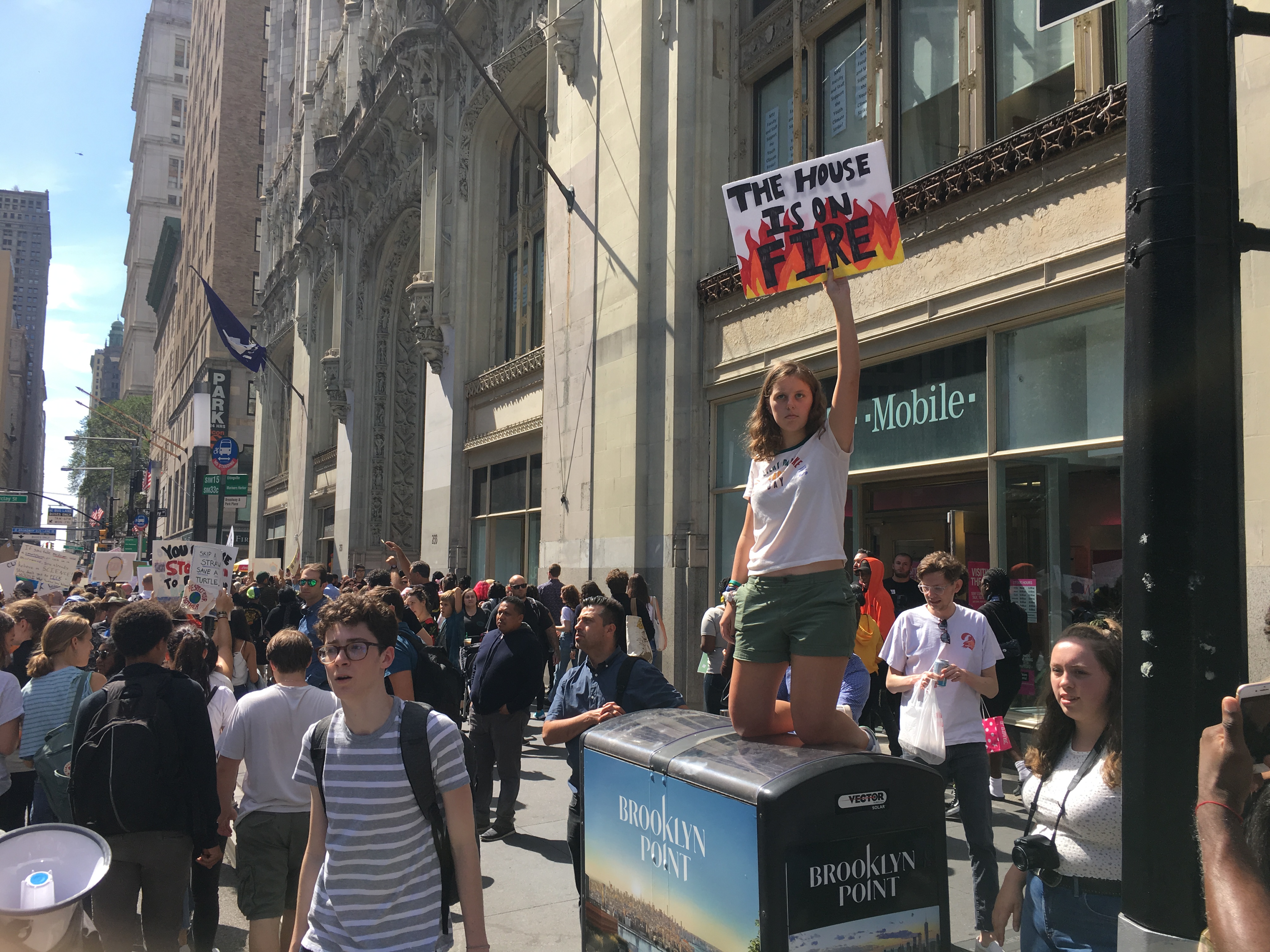
Varshini Prakash told an earlier gathering in Manhattan’s Foley Square it’s no coincidence that young people around the world are feeling panic-stricken and isolated about an emergency that threatens the natural systems upon which human civilization depends.
“We’ve grown up seeing the political establishment fail us, and for twice as long as I have been alive on this planet we have known about the crisis,” said the co-founder and executive director of the Sunrise Movement, which has worked with Canadian author Naomi Klein, progressive superstar Alexandria Ocasio-Cortez and others to push for an economy-transforming Green New Deal. “The wealthy and the powerful have profited off of pollution, have lied to millions of people about the science, have choked our democracy with their big oil dollars and stolen our futures.”
Prakash’s voice became angrier and more intense. She clenched the mic. “Today, this generation is taking over,” she declared. “Our days of waiting for action, our days of waiting to be heard are over.”
She acknowledged that though the climate strikes were a good start, there is a long road ahead: “We’ve got to be honest with each-other, if we want to survive, if we want to win, there are not enough of us here yet… we have to bring society and our economy to a standstill, politicians are going to have to know that they are going to win or lose based on where they stand on this issue.”
“We will rise to the challenge. We will hold those responsible for this crisis accountable and will make the world leaders act. We can and we will.”

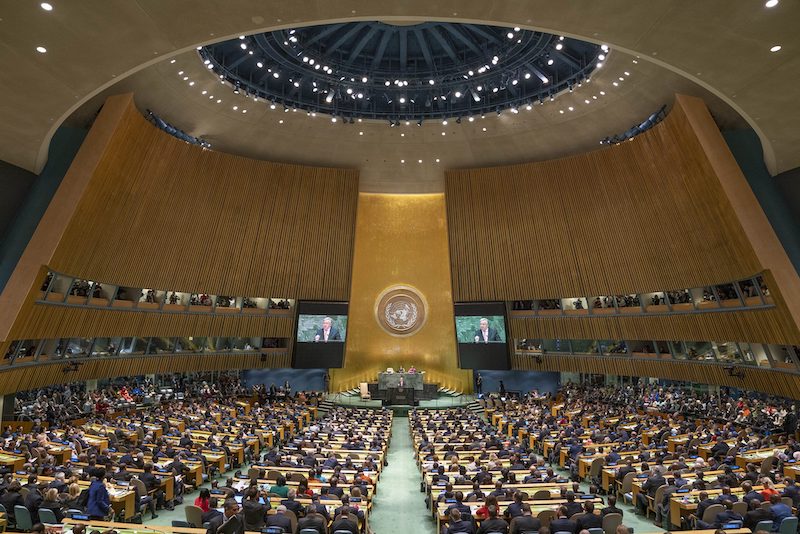

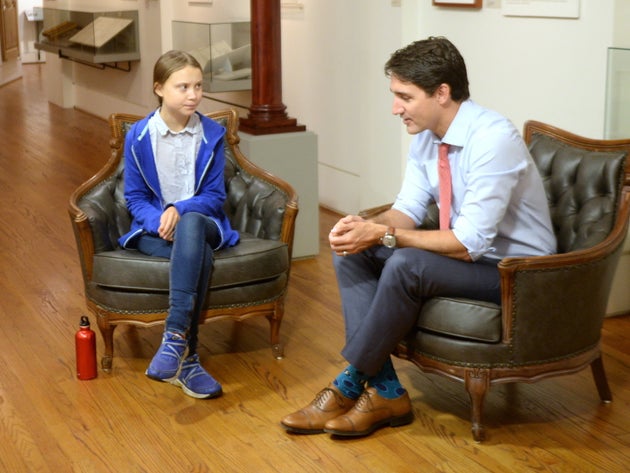
/https://www.thestar.com/content/dam/thestar/news/gta/2019/09/20/thousands-taking-to-the-streets-across-canada-to-march-for-climate-justice/climate.jpg)



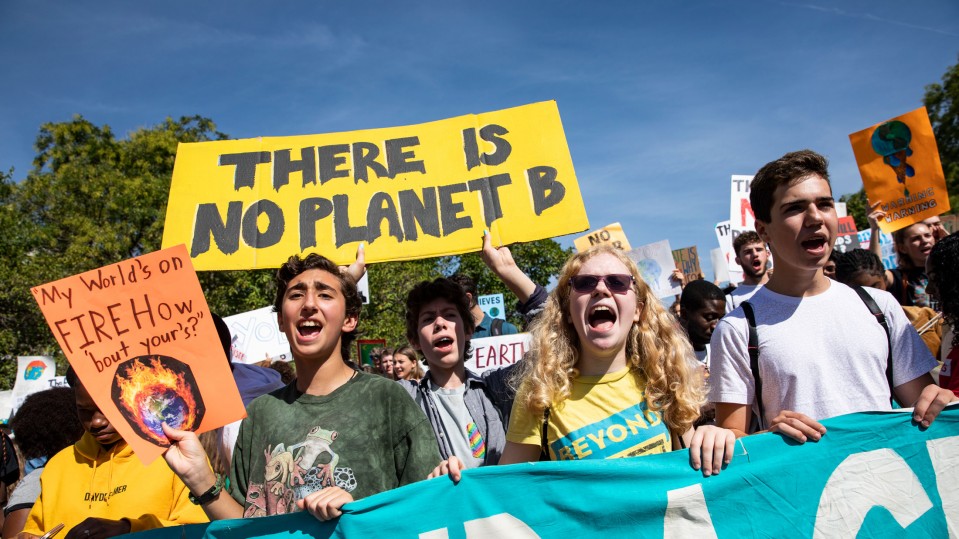
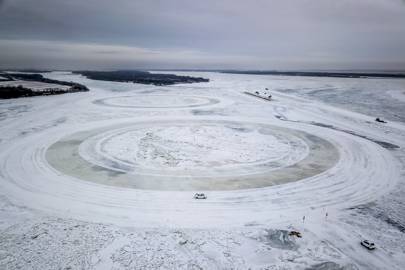 AMUR RIVER, THE CHINA/RUSSIA BORDER This cold, remote region is where around 100 Chinese electric-car manufacturers test prototypes, such as the Chinese/Slovenian joint venture APG Elaphe, pictured. Global annual sales of electric vehicles exceeded one million for the first time in 2017, with more than half of these in China. Matjaž Krivic/INSTITUTE
AMUR RIVER, THE CHINA/RUSSIA BORDER This cold, remote region is where around 100 Chinese electric-car manufacturers test prototypes, such as the Chinese/Slovenian joint venture APG Elaphe, pictured. Global annual sales of electric vehicles exceeded one million for the first time in 2017, with more than half of these in China. Matjaž Krivic/INSTITUTE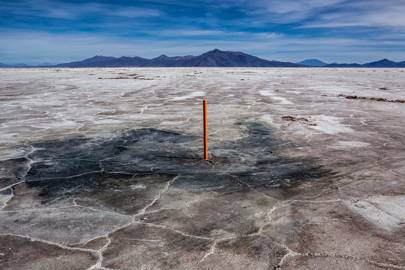
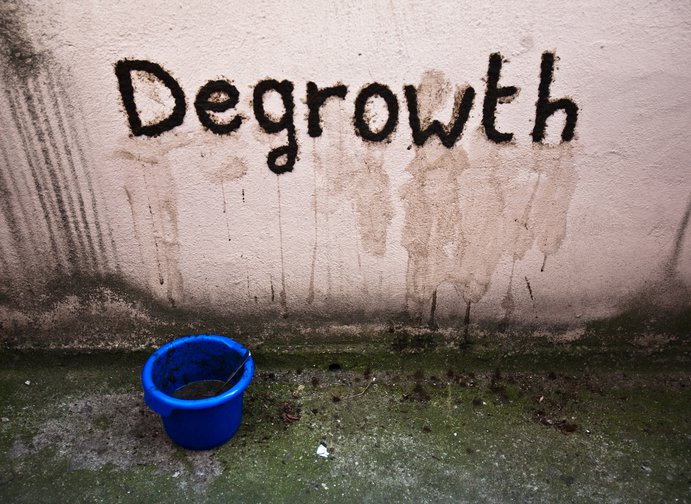 Moss Graffiti Image: Kulturlabor Trial&Error, CC BY-NC-SA 2.0
Moss Graffiti Image: Kulturlabor Trial&Error, CC BY-NC-SA 2.0 Jagmeet Singh: “It doesn’t matter what he tells me.”
Jagmeet Singh: “It doesn’t matter what he tells me.”
 RYAN REMIORZ/THE CANADIAN PRESS
RYAN REMIORZ/THE CANADIAN PRESS